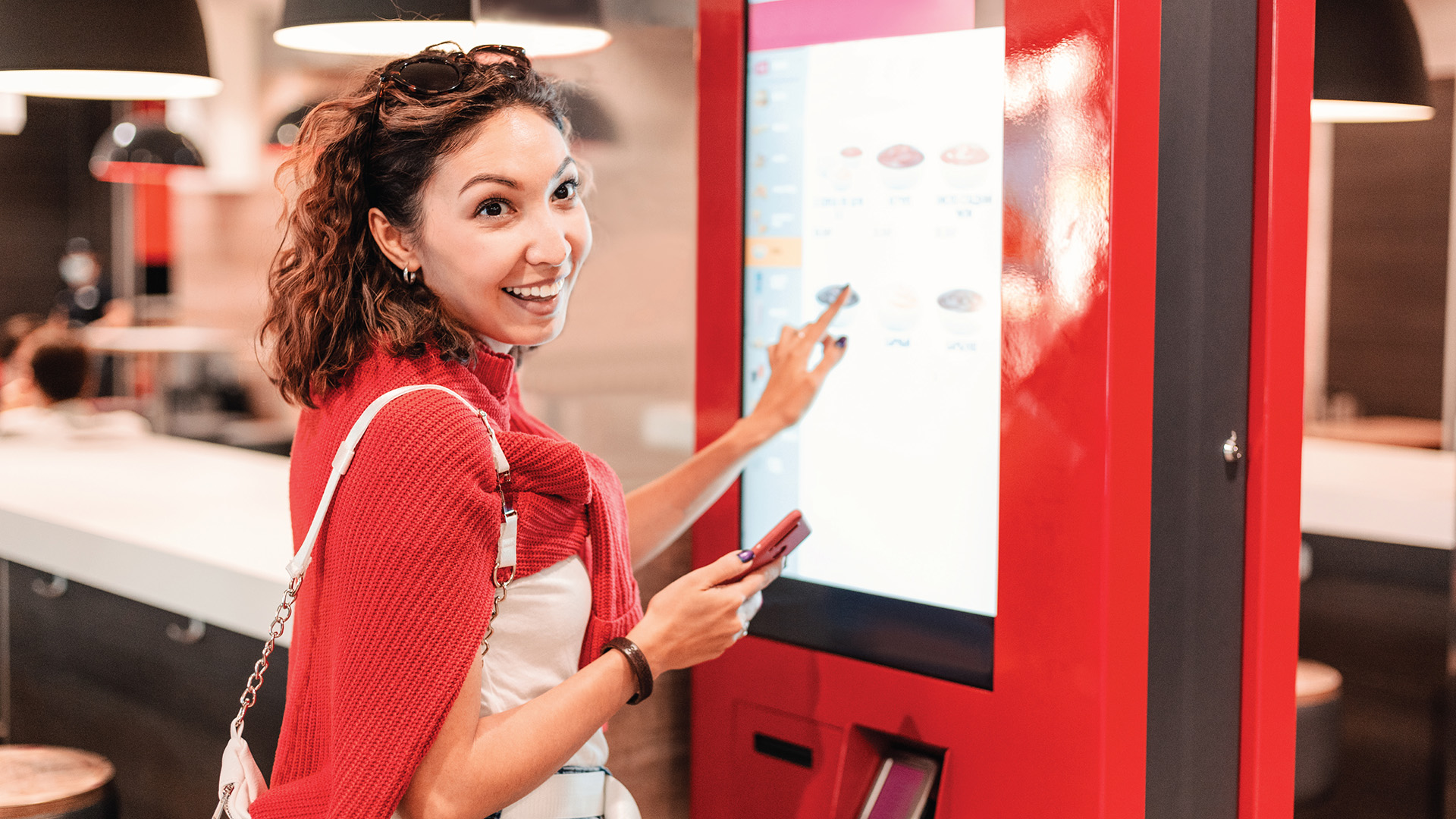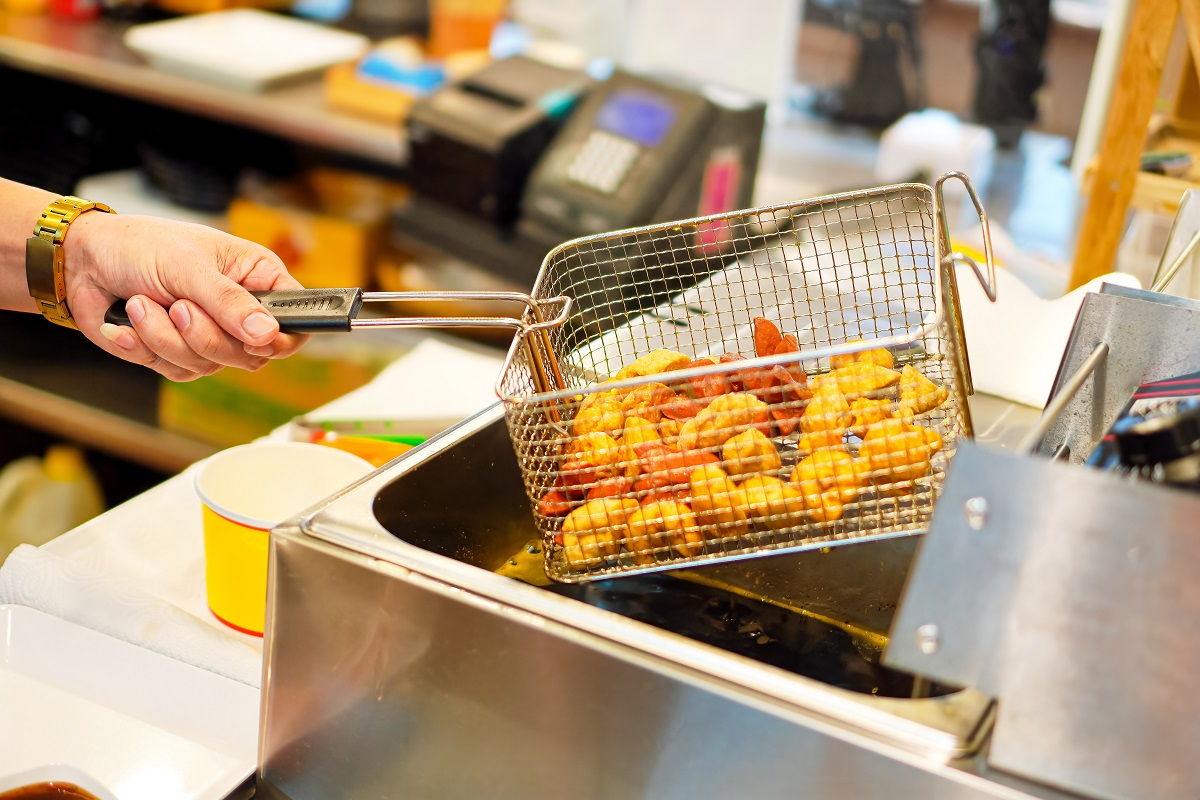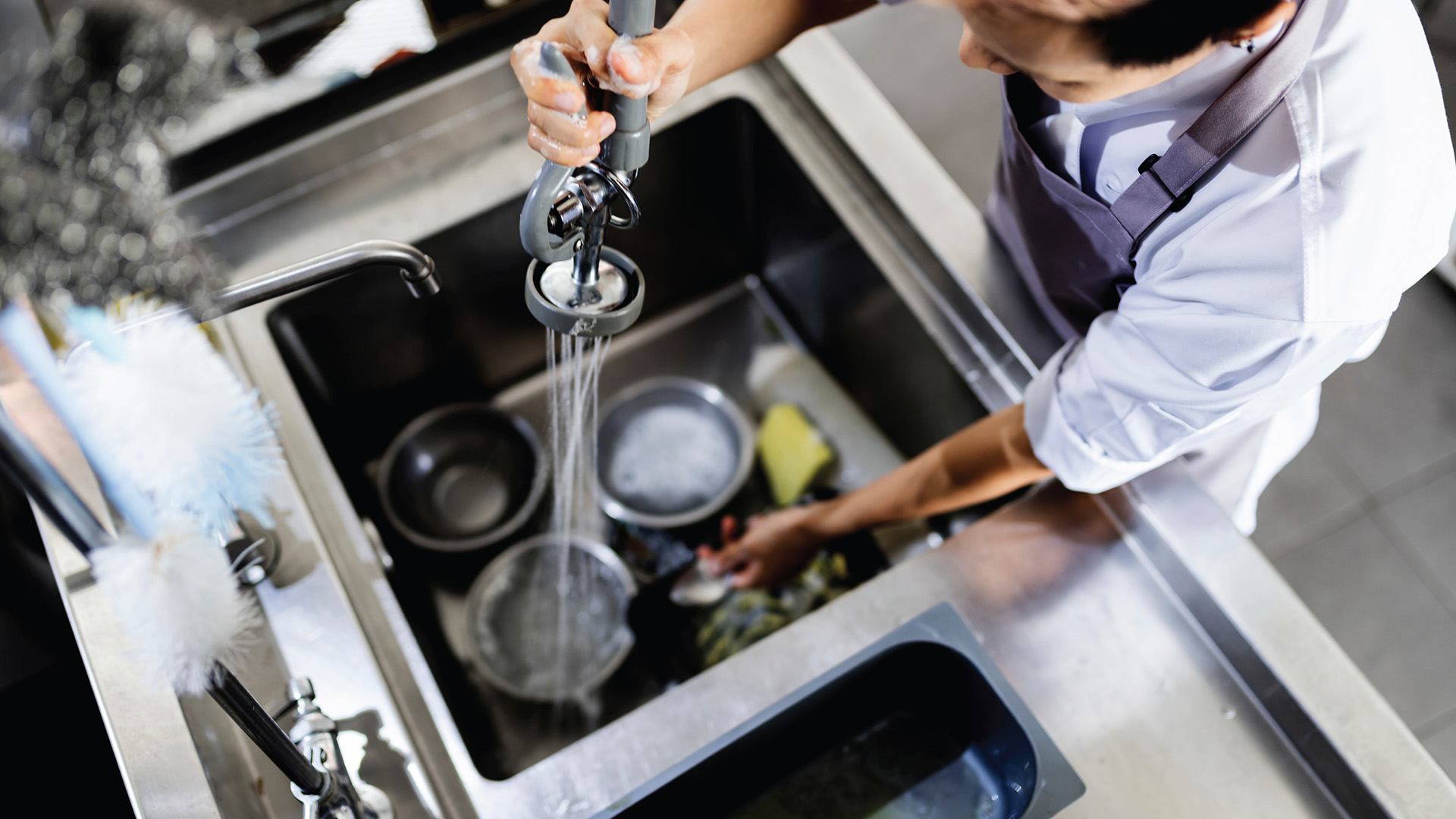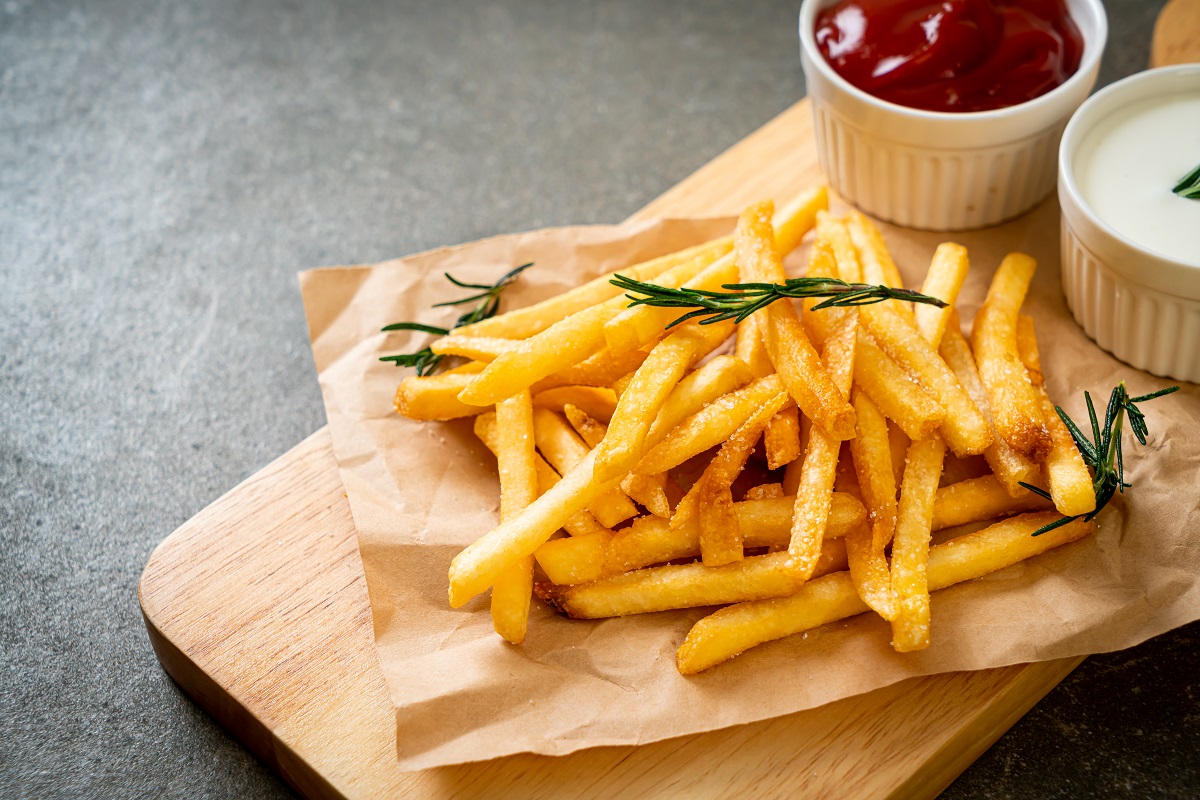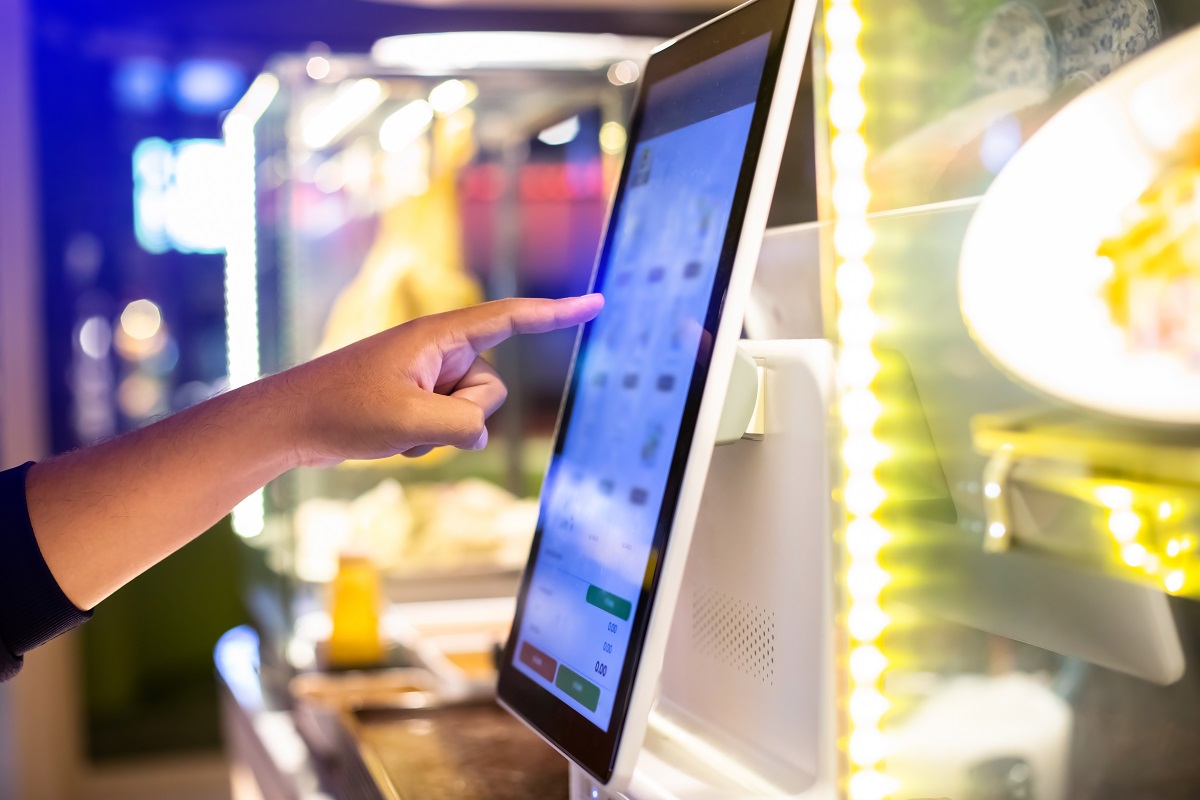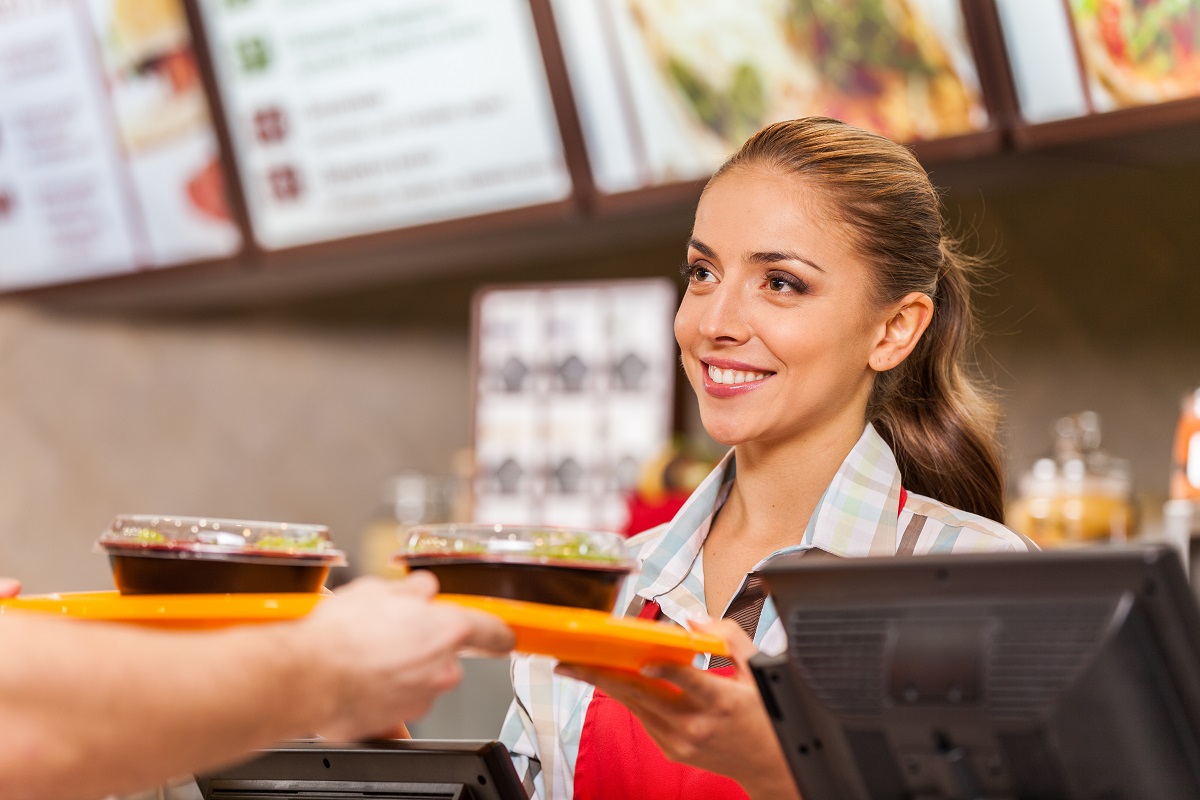Automation has existed in restaurants for a long time, but for most of that time it was limited to a few simple or niche applications. In recent years, fueled by demand following the COVID-19 pandemic and subsequent labor shortages, there’s been a boom in the technology. Suddenly, pretty much anything in a kitchen can be automated. Since there are so many options now that it’s hard to know where to even start, we’ve created this Ultimate Guide to Kitchen Automation. In this article, we’ll help you come up with some ideas on how these emerging technologies can improve your food service business.
What Can You Automate in a Kitchen?
The first thing you’ll want to know about restaurant automation is what’s on the menu. The landscape is very different than it was twenty years ago, or five years ago, or even two or three years ago. While some of these new automations will fade away and be remembered as little more than novelties, others will become commonplace, and one day we’ll wonder what we used to do without them.
How can automation help your kitchen? Here are some intriguing possibilities:
- Kitchen automation software: The goal of these software solutions is to help you keep track of what’s going on. Front of house, back of house, inventory, and online orders — your kitchen automation software should tie it all together and help you interpret the big picture data, trends, and analytics.
- Self-service kiosks: One of the more common automations, especially in fast food and fast casual restaurants, self-service kiosks are designed to allow contactless ordering. Since the popularity of this automation falls along a generational divide — Gen X and Baby Boomers don’t like it, while younger generations do — it can be helpful to analyze your customer demographics to determine whether self-service kiosks make sense for your restaurant.
- Robotics for restaurants: If you can eat it, chances are that someone has invented or is trying to invent a robot that can cook it. Famous examples from the past few years include Sally the salad-making robot, and Flippy the robot who specializes in burgers and fries. Though robots can potentially make anything from pizza to cocktails, they still have a long way to go to match the expertise of humans. Still, for high volume or novelty purposes, it’s not hard to imagine cooking robots finding a foothold in the food industry. Many restaurants are also experimenting with serving and bussing robots.
- Delivery robots/drones: Some restaurant chains that do significant delivery business have started developing and testing delivery robots and drones. This technology has had some setbacks over the years, and it remains to be seen when or if it will ever become viable.
- RFID: Radio Frequency Identification has been around for decades and used in applications like automated toll road passes, inventory tracking and management , as well as in hospitals where patients and treatments need to be identified quickly and accurately. Now, restaurants are testing it out as a way to make drive-throughs more efficient and personalized.
- Oil management: Automated oil management technologies like Total Oil Management take one of the hardest and messiest jobs in the kitchen — adding, filtering and replacing cooking oil — and make it one of the easiest.
- Cleaning systems: Many kitchen cleaning tasks are being automated, which can help lower labor costs and ensure that those cleaning tasks get done more often and more effectively. If cleaning the exhaust hood is your kitchen’s Achilles’ heel, for example, an automated hood cleaning system like AutoMist® can be programmed to do the difficult job every night at a specific time.
Save on Your Insurance Premiums.
Automate your cooking oil management to improve safety, efficiency, and food quality.
How Can Automation Help Your Restaurant?
What is your kitchen really good at? What are some possible areas of improvement? Ask yourself questions like these. Figure out where time is spent, which tasks get done on time, and which you wish got done more often. This is how you can identify places in the kitchen where automation would have the greatest impact. When thinking about how to automate restaurant kitchens, people tend to focus on speed and efficiency. And it’s true, automation can greatly improve speed and efficiency. But it can do a lot more than just that. Kitchen automation can improve business processes in all of these areas:
- Speed and efficiency
- Data and analytics
- Safety
- Customer experience
- Reducing labor costs and insulating yourself from labor shortages
Kitchen Automation Software Allows You to Easily Track Data
Data is often touted as the next frontier in business innovation, allowing you to make informed decisions based on empirical evidence. The problem many business owners face is how to gather that data, and how to interpret it in a way that separates the signal from the noise. Kitchen automation software makes data analysis easy by integrating operations data with marketing data and your front of house with your back of house. For example, did you know that approximately 90% of consumers have a favorite order that they repeat? With modern data gathering capabilities paired with a loyalty or rewards program, you could learn that. Data helps predict customer behavior, and track things like how much time is spent fulfilling orders, which lets you address problems and pinpoint opportunities.
Data capture can also assist with labor scheduling. Software like 7shifts uses historical scheduling and labor data, to automatically adjust schedules to meet demands when the restaurant is busiest or slowest. This not only modulates labor costs but also significantly boosts guest satisfaction. Supply chain management is another area where data tracking can help — especially when it comes to reducing waste. The retail food industry accounts for 40% of all food waste in the United States: an estimated 80 billion pounds per year. Supply chain management systems help put a stop to that with smarter ordering. Systems like POSist and Restaurant365 can link your inventory directly to POS systems so that they talk to each other when a food item is getting low, which can automatically initiate your next order or phone call to confirm. They can also digitize paperwork, and help you track food cost versus revenue over time.
Automate Your Way to a Safer Kitchen
Safety in the kitchen means two things:
- Preventing injury to your staff
- Ensuring food safety for your customers
Hot oil and grease are two of the most common causes of injuries in the kitchen. Good oil management requires that you frequently filter and replace deep fryer oil, which can be an extremely hazardous task — especially if you’re still doing it manually. Handling hot oil during either of these processes often results in burns, and any spills will create hidden slippery spots that can lead to falls. An automated oil management system like Total Oil Management solves that problem by automating the disposal and refilling process. Draining your used grease and refilling deep fryers with fresh cooking oil takes just the push of a button. Fire is another one of the most common causes of injury in the kitchen, and about 20% of all fires start as a result of a grease-laden exhaust hood. This is because, in many restaurants, cleaning the hood is a task that doesn’t get done as often as it should. An automated hood cleaning system like AutoMist can be programmed to clean your hood daily without halting operations.
When it comes to food safety, temperature is king, and automation can help in that area too. Automated HVAC monitoring systems like Zen HQ ensure the quality of food by keeping it at the appropriate temperature. Appliances such as refrigerated prep tables can also be added to your kitchen to track and manage food temperatures.
Customer Experience Pros and Cons
The rise of delivery apps is one of the biggest shakeups in the history of the restaurant industry. Convenience reigns supreme when customers are hungry. Ordering online through an automated storefront and having it delivered, or knowing exactly when to pick your order up and having someone run it out to your parked car, are a nearly-universally popular example of restaurant automation. Busy bars also offer popular self-serve pour-your-own options like iPourIt that cut wait times and reduce crowding. QR code apps like Menuflow allow customers to look at a menu before sitting down, or pay a bill without waving down a server.
But sometimes customers are looking for a more human touch. While automation streamlines the customer experience in many ways, not everyone is in favor. It’s interesting: online ordering remains extremely popular, yet ordering the same way in a restaurant using a phone or tablet is a controversial topic. People either really like it, or really dislike it, and it tends to correlate closely to a person’s age. Unsurprisingly, younger customers tend to prefer the iPad ordering experience more than older customers.
Ready to Automate Your Kitchen?
If you’ve decided to start automating your restaurant, congratulations! Now it’s time to start thinking about next steps:
- Phased implementation: While it may be tempting to overhaul your entire kitchen, transitioning in phases is a better tactic. By focusing on individual pieces and building on them, workers are better prepared to adopt new processes. By phasing in automation, restaurants can determine what works best and find solutions that meet those goals.
- Standardize operating procedures: You’ll have the most success implementing automation if you start with strong fundamentals. Well established standard operating procedures (SOPs) can make all the difference as you make the switch. If you plan to automate your oil management, for example, you should have SOPs that detail your current oil management process. How often are you filtering? When do you test your oil for quality? When do you change the oil? Having the answers to these questions will ensure that your food quality remains consistently great throughout the transition period.
- Make your processes “goof-proof:” The food industry has notoriously high turnover, so making your processes “goof-proof” can save you time and money. Constantly having to teach detailed processes to new hires can create an efficiency drag and defeat the value of your automation gains.
- Find the right vendor partner: There are many vendors to choose from, which means there are many opportunities to find one that fits your restaurant’s needs. Look for a vendor partner that will stand behind their product beyond implementation and continue providing excellent service and support over the long term. When vetting vendors, consider questions like: Will the vendor teach your staff how to use the automated equipment? Can someone help you interpret the data and reports the automated system is gathering? Will the vendor service the equipment quickly if it malfunctions?
